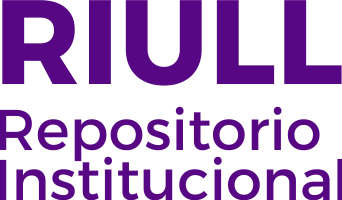A comprehensive evaluation of cheese whey to produce biogas in the Canary Islands.
Date
2024Abstract
Cheese whey (CW) is a by-product of the cheese industry with pollution potential if not properly managed. This study evaluates biogas potential from CW samples from the Canary Islands. Empirical data were used to evaluate
biogas potential at cheese factory, municipality, insular and regional level. 24 samples of CW were collected from
17 different farms across the Canaries, including different industries (artisan/industrial), different milk types
(cow, goat, sheep, cow + goat, goat + sheep, cow + goat + sheep) and different post-treatments (cottage cheese production, filtering and skimming, inverse osmosis) to study their physical and chemical composition and biogas potential through Biochemical Methane Potential assays. Composition showed significant differences between industrial and artisan manufacturers, showing higher organic matter concentration in artisan CW. Methane potential varied from 450.6 ± 0.2 L kg− 1 to 861.2 ± 28.8 L kg− 1 (on basis of volatile solids). Artisan CW showed a higher methane potential (m3 t − 1 of fresh matter) than industrial CW, whereas no differences were observed depending on the milk type. Post-treatments, further processing at factories and degradation at environmental conditions changed CW properties and biogas potential. Results showed that CW should be fed fast into digesters to avoid acidification and the loss of biogas potential. In the Canary Islands 81.95 million litres of CW are produced annually, which could be converted into 4.5 million m3 of biogas with the potential to contribute 108 TJ y− 1 of renewable energy into the energy matrix. Valorisation of CW is a promising alternative
for small and medium farms/industries in the Canary Islands, which could replace fossil energy with biogas.





